As the harvest season rapidly approaches, growers who have dedicated months of care to their marijuana plants eagerly anticipate the production of top-quality buds. However, there remains another crucial task to conquer before reaping the rewards: trimming.
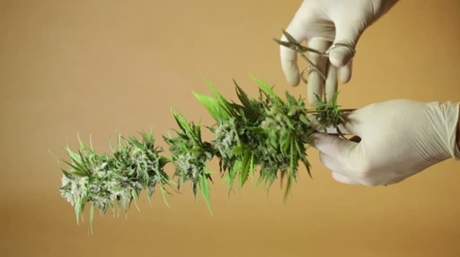
Trimming plays a vital role in the harvesting process as it significantly influences the appearance, potency, and smoking experience of the final marijuana product. Well-trimmed buds generate excitement among buyers, leading to quicker sales due to their aesthetically pleasing appearance that showcases the beauty of cannabis.
On the other hand, poorly trimmed buds create a negative first impression and compromise the overall quality of the cannabis. Moreover, inefficient cutting dilutes the potency of the flower, as less potent leaves wrap around the outer surface of the bud, resulting in a harsher smoking experience.
If you are growing a few plants for personal use, feel free to trim or not trim according to your preference. However, if your intention is, to sell your bud to a local dispensary, it is essential to commit to a respectable cutting job to ensure that your product belongs on the top shelf.
When it comes to trimming cannabis, growers have the option to choose between two primary methods: wet trim and dry trim. Both methods have their unique advantages and considerations, and the choice ultimately depends on the preferences and priorities of the grower.
Wet cutting is a method where the cutting process occurs while the leaves are still moist, typically immediately after harvest. This method has gained popularity among growers for several reasons. One of the key benefits of wet cutting is the flexibility it offers in terms of handling the leaves. Moist leaves are more pliable and less likely to break or crumble during the trim process, allowing for a more precise and efficient trim.
Additionally, wet cutting enables a closer trim, as the leaves are easier to manipulate and remove, resulting in a tidier appearance of the final product. Moreover, wet cutting can help preserve the trichomes, the resinous glands that contain cannabinoids and terpenes, which are responsible for the potency and aroma of the cannabis. This preservation of trichomes leads to buds with enhanced potency and fragrance. Overall, wet cutting is often favored for its convenience and potential to produce visually appealing, potent buds.
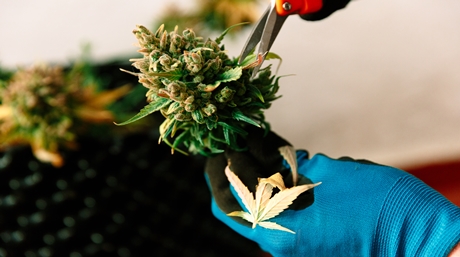
On the other hand, dry trimming involves trimming the leaves after the buds have thoroughly dried. This method has its own set of advantages that appeal to certain growers. One significant advantage of dry trimming is that it allows for a slower drying process. By leaving the sugar leaves intact during the drying phase, they act as a protective layer around the buds, preventing them from drying too quickly. This can be particularly beneficial when dealing with larger harvests, as it provides more time and flexibility to complete the trim process.
Dry cutting also has the advantage of minimizing the handling of moist plant material, which can reduce the risk of introducing moisture-related issues such as mold or mildew. Furthermore, dry trimming may result in a slightly longer curing process, which some growers believe enhances the flavor and overall quality of the final product. Dry cutting is often preferred by growers who prioritize a slower drying process and value the potential flavor benefits that come with an extended curing period.
Regardless of the chosen trimming method, having the right equipment is essential to ensure a successful and efficient cutting process. High-quality pruning scissors are a must-have tool for clean and precise cuts. These scissors should be sharp, comfortable to use, and capable of handling the density of cannabis buds. Additionally, larger pruning shears are useful for removing branches during both wet and dry trim.
To maintain hygiene and cleanliness, rubber gloves are recommended to protect the buds from contamination and to keep the hands free of resin. Cleaning the sticky residue off the scissors is essential to maintain their performance, and rubbing alcohol is commonly used for this purpose. A clean work area is necessary to avoid any contamination or interference with the quality of the buds. Finally, having containers to organize the trimmed buds, untrimmed buds, and sugar leaves or trim ensures an organized and efficient workflow during the trimming process.
In conclusion, the choice between wet trimming and dry trimming is a matter of personal preference and depends on the specific goals and priorities of the grower. Wet cutting offers convenience, a closer trim, and potential preservation of trichomes, while dry cutting allows for a slower drying process, reduced handling of moist plant material, and potential flavor benefits. By selecting the appropriate cutting method and utilizing the necessary equipment, growers can achieve beautifully trimmed buds that meet their desired quality and aesthetic standards.
A wet trim offers several advantages for cannabis growers. One of the primary benefits is that it involves only one round of trimming, allowing the buds to be placed directly into curing jars once they have dried. This streamlined process saves time and eliminates the need for additional cutting sessions, making it a popular choice for those seeking efficiency in their harvest workflow.
Another advantage of wet trimming is the ability to achieve a closer trim while preserving more trichomes. Trichomes are the resinous glands found on the cannabis plant that contain cannabinoids and terpenes, which contribute to the plant’s aroma and effects. By cutting the leaves while they are still moist, growers can manipulate and remove them more easily, resulting in a tighter, more aesthetically pleasing trim. Additionally, wet trimming can help to preserve a higher concentration of trichomes on the buds, which enhances their potency and overall quality.
To begin the wet trimming process, it is recommended to use larger shears to carefully cut the branches off the cannabis plant. After removing the branches, it is important to hang the freshly cut buds on a line or drying rack to prevent them from getting squashed or damaged. Once the buds are properly hung, the next step is to remove the fan leaves from the base of the buds. Fan leaves typically do not contain a significant amount of trichomes and can be saved for other purposes, such as juicing, especially if the plants were grown organically without the use of pesticides.
After removing the fan leaves, the focus shifts to meticulously trimming the smaller sugar leaves that contain a higher concentration of trichomes. This delicate task is performed using smaller scissors. It is advisable to trim the sugar leaves over a baking tray or bowl to collect any small leaves or trim that can be repurposed for making edibles, topicals, or hash. Careful attention should be paid to the sculpting process during trimming, as it plays a crucial role in determining the final appearance of the buds.
Once the cutting is complete, the buds can be separated from the stalk and placed in a suitable drying environment. This environment should be dark and have moderate airflow to ensure optimal drying conditions. It is important to avoid direct wind contact with the buds, as excessive airflow can lead to uneven drying or loss of moisture.
Consider using a dehumidifier in the drying room to help maintain the ideal humidity level. Monitoring the harvest daily is crucial to ensure that the buds are drying properly. After approximately 5 to 7 days, the buds should be dry enough to proceed to the curing stage, where they can be placed in airtight jars to further enhance their flavor and potency.
Dry trimming, as an alternative to wet cutting, offers its own set of advantages and considerations. One significant benefit is that it slows down the drying process, allowing the excess leaves to act as a protective layer around the cannabis nuggets. This protective layer helps maintain moisture and prevents the buds from drying too quickly, which can result in a harsher smoking experience. By extending the drying period, dry cutting allows for a more gradual and controlled evaporation of moisture, which can contribute to a smoother and more flavorful end product.
The procedure for dry trimming shares some initial steps with wet trimming. It begins by cutting down the branches and removing the fan leaves. After the branches are removed, they should be hung in a dry, dark, and cool drying space that has adequate airflow. It is important not to overcrowd the drying area to prevent the development of mold or mildew, which can occur if there is insufficient air circulation.
After approximately 5 to 7 days, the readiness of the buds for further cutting can be assessed by gently bending the stalk. If it snaps, it indicates that the buds have dried sufficiently and are ready for the next step. At this stage, the leaves surrounding the buds have dried and formed a protective shell around the nuggets. Trimming the sugar leaves is the next crucial step in the process. It is advisable to trim the sugar leaves over a baking tray or similar surface to collect any trim or small leaves that can be repurposed for various cannabis products.
During the dry trimming process, extra care must be taken due to the delicate nature of the trichomes. These resinous glands can be easily damaged, leading to a loss of potency and overall quality. Cutting the sugar leaves involves sculpting the buds into their final form, and removing any excess foliage to achieve the desired appearance.
Once the cutting is complete, the trimmed buds can be placed in curing jars. Curing allows for the gradual release of moisture, further enhancing the flavor, aroma, and smoothness of the buds. The jars should be kept in a dark, cool, and well-ventilated environment, and the buds should be periodically checked and burped to ensure proper moisture regulation during the curing process. Properly cured buds can provide a more enjoyable and well-rounded cannabis experience.
Following either the wet trim or dry trim method, the most crucial aspect is to perform a respectable trimming job, ensuring that your prized nuggets look their best. By employing expert trimming techniques, you can enhance the quality and aesthetic appeal of your marijuana harvest. Remember to save any trim leftovers, as they can be utilized for creating edibles or tinctures, providing you with an additional supply of cannabis-derived products.
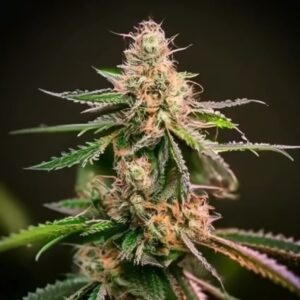


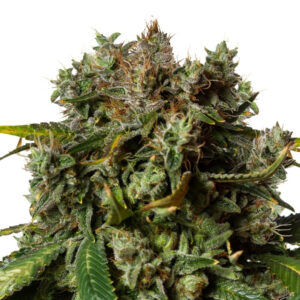

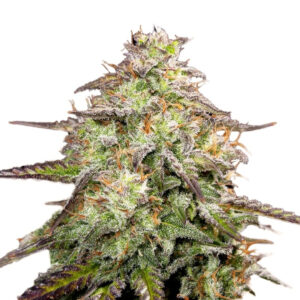
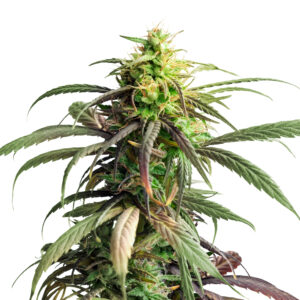






Related Posts
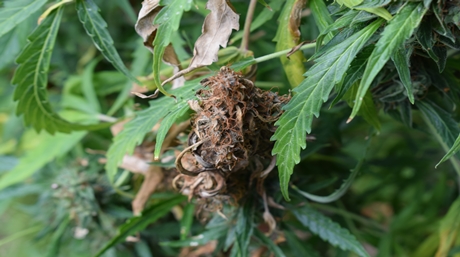
By now I m sure you have become an expert at checking your leaves and wiping them down with a mixture of apple cider vinegar at the first sign of a spore.
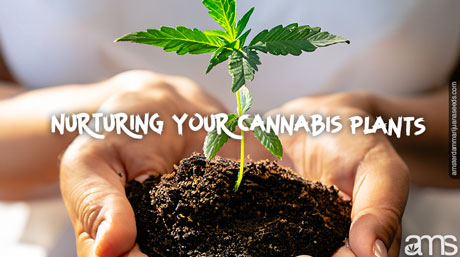
This article refers to the following topics:
cannabis plant cycle, cannabis plant life cycle timeline, cannabis plant growth cycle, cannabis plant life cycle timeline, cannabis plant life cycle stages, cycle of cannabis plant, growth cycle cannabis plant, cycle of a cannabis plant
In this article you will find answers to following questions:
what is a cannabis life cycle, how long…